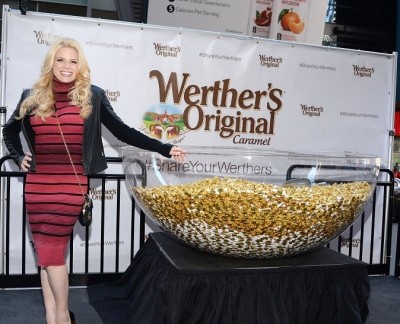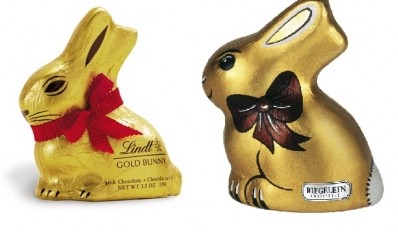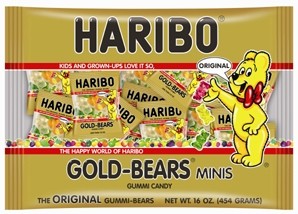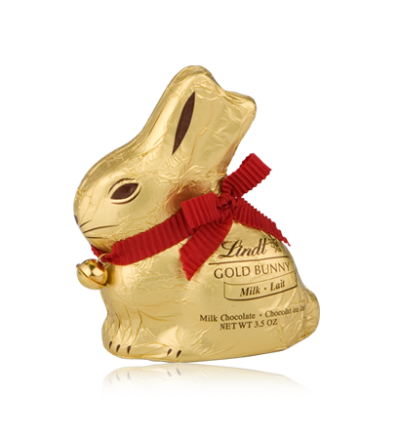Confectioner to appeal Lindt favouring Austrian ruling, report
The court in Vienna saidHauswirth’s chocolate bunny design could be confused with Swiss confectioner Lindt’s version.
However, Roman Hauswirth, spokesperson for the Austrian chocolate maker, said the company is going to file an appeal because it continues to believe in its legal case and the rule of law, reports Reuters.
In a long standing legal battle, the Hauswirth company had disputed the validity of Lindt's trademark, claiming that chocolate rabbit shapes have been produced and wrapped in gold foil for many decades.
The technological challenge involved in producing these figurines, argued the Austrian company, means that, inevitably, most will end up looking similar.
A separate court case is ongoing against a chocolate maker, Hans Riegelein, in Germany, which Lindt claims produces another chocolate bunny similar in shape and colour to its own.
EU court ruling
The Vienna court decision comes on the heels of a contrary ruling by the EU General Court last December, which said that chocolate figurine shapes are not distinctive enough to merit trademark protection in the European Union.
Swiss chocolate maker Lindt and German confectioner August Storck had challenged an earlier ruling by the EU's trademark office that the designs of several of their chocolate shapes and ornaments were not unique before the EU General Court.
But, in fact, the General Court agreed with the trademark office that "a rabbit, a reindeer and a small bell are typical shapes in which chocolate and chocolate goods are presented at certain times of the year, in particular at Easter and Christmas."
The court said that the various chocolate designs were not unique enough for a consumer to be able to identify each chocolate's brand based on the shape alone. It also noted that many confectionery makers package their products in gold foil.
The Swiss manufacturer of premium chocolate had tried to register unsuccessfully three-dimensional signs as Community trademarks in 2004 and 2005.
Trademark law
According to Azrights Solicitors website, a group that specialises in trademark law, this does not mean there is no trademark protection at all for Lindt. “In fact Lindt is, inter alia, the trademark owner of a German three-dimensional registered trademark which protects the shape of the respective rabbits.
In contrast to the Community trade mark application the German trade mark was granted by the German Patent and Trademark Office without any difficulty.”
The Azrights group notes that, as the Lindt case highlights, it can make a difference whether a business files for protection of its mark as a Community Trademark or as a national trademark:
“Although, the registration requirements are supposed to be equivalent due to the harmonization process in Europe the application of the laws, can often lead to different results.
Therefore, companies trading only in one or two European countries should consider registering national trade marks rather than a Community trademark, in particular if the registration is more likely to succeed in the national registers. This case also underlines that trademark registrations are never black and white and there are often surprises during the application process.”
Brian Clayton, senior trademark agent at law firm Eversheds, told our sister site BakeryandSnacks.com that the right to register shape as a trademark exists in the EU under the 1989 amendments to IP legislation but national courts, and the UK patent courts in particular, have been notably hostile to bids aiming to enforce shape trademarks.
“There is understandable caution on behalf of national trademark offices and IP judges, with concerns that a shape trademark would give companies perpetual protection, unlike patents or industrial design registrations where, typically, there is a maximum period of protection of 15 to 20 years ,” he said.








